A closer look at d3 Unbuilt Visions Special Mention ‘Re-configurable Infrastructure’
By Bustler Editors|
Thursday, Mar 5, 2015
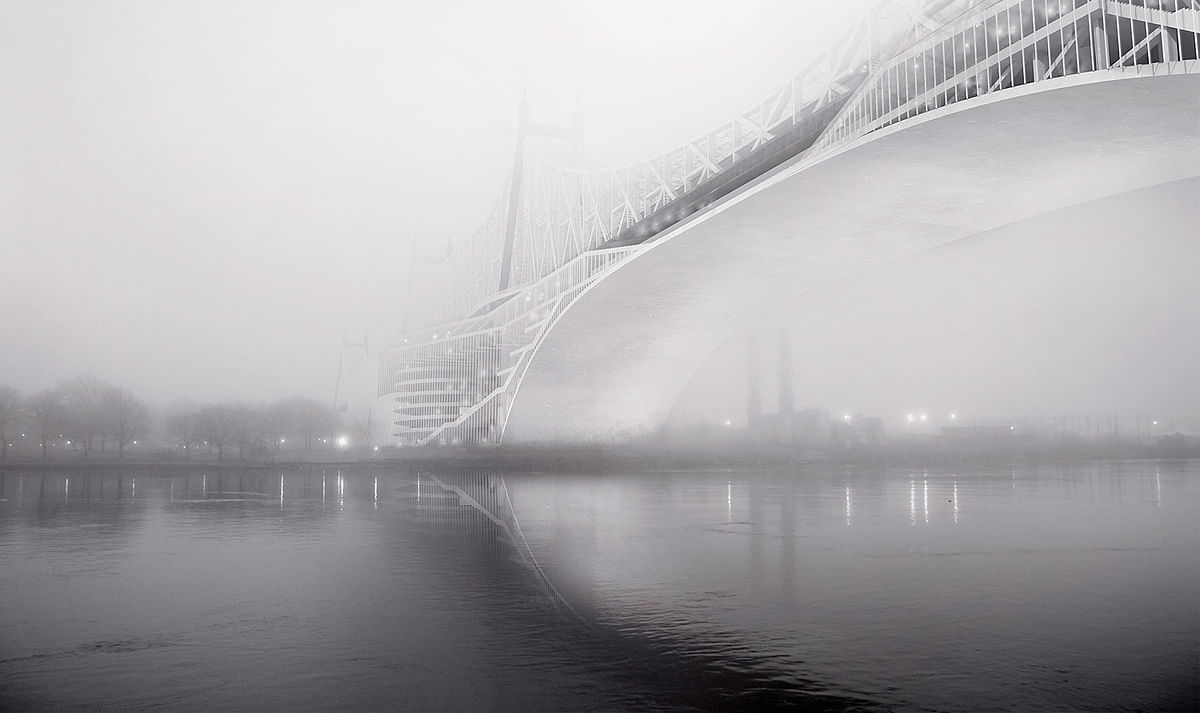
Related
Created by New York-based architect Sunggi Park, "Re-configurable Infrastructure" is one of the Special Mention entries from the latest d3 Unbuilt Visions competition. Organized by d3, the annual competition invites architects and designers worldwide to submit the very best of their unbuilt and theoretical designs, as a means to promote the value of unbuilt work in architecture.
Sunggi Park, who now works at OMA, designed "Re-configurable Infrastructure" as part of his 2014 student thesis at Harvard GSD. He has also shared his previous work from competitions like the Mapo Oil Reserve Base and the Daegu Gosan Public Library.
Check out his UV2014 entry below.
Project description:
"Walking on Clouds - Re-configurable Infrastructure: Visions of infrastructures facing obsolescence speculated based on aged urban bridges in the States
PROLOGUE: Last summer, I-5 Skagit River Bridge suddenly collapsed into the river when an over-height truck was stuck in 2013. At the same time, two vehicles with three people fell with the span. Along the same vein, in 2007, Minneapolis I-35W Bridge suddenly collapsed. These two accidents show the unforeseeable nature of infrastructure in the city in terms of reliability. In the late 19th century, the advent of automobiles, such as cars and trains radically transformed the city and the life of people. Accelerating automobiles’ speed seemed like a good idea at the time, so the road widened and highwaytified in city for expanding traffic volumes."
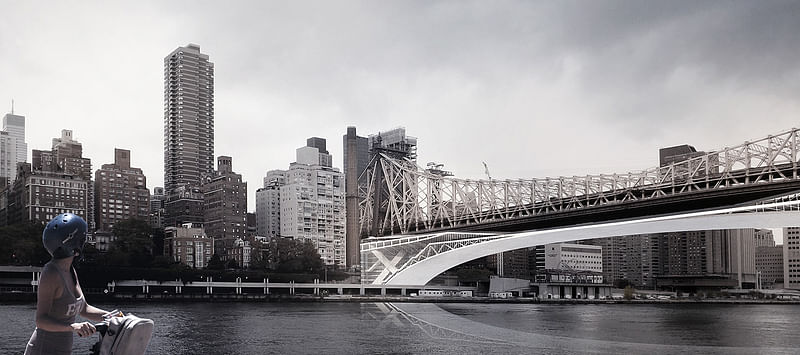
"Yet, it turned out that infrastructures such as bridges, highways and railways cause safety threat, high cost of maintenance and hazardous environmental impact. Traffic congestion, increasing road maintenance and parking costs, a lack of mobility for non-drivers are followed as a major problem in the world."

"So, the question arose, is abandonment or demolition inevitable? Many cities have saved and innovatively re-purposed obsolete, dysfunctional and sometimes historic infrastructure such as viaducts and aqueducts. We could identify the notion of obsolescence which was a static, yet it can be redefined as a dynamic organ. So the vision of this project is a finding ideas of re-configurable infrastructures to be a regenerative figure."
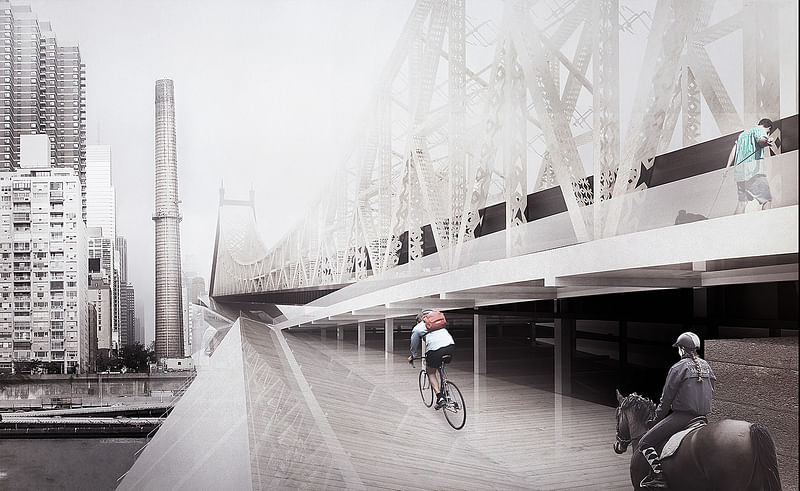
"DEVELOPMENT: Architecture continuously have evolved with demands, thus it is time to think and redefine with a different perspective for accommodating viable and resilient city. Recent shift in paradigms challenge the current approach the relationship between infrastructure and architecture, fronting new questions as to what role architects plays in developing new frameworks for reconfiguring obsolete infrastructure. The changing architecture forces societies to turn to an examination of current usage and the subsequent programs bridge provides not limited technological innovation."
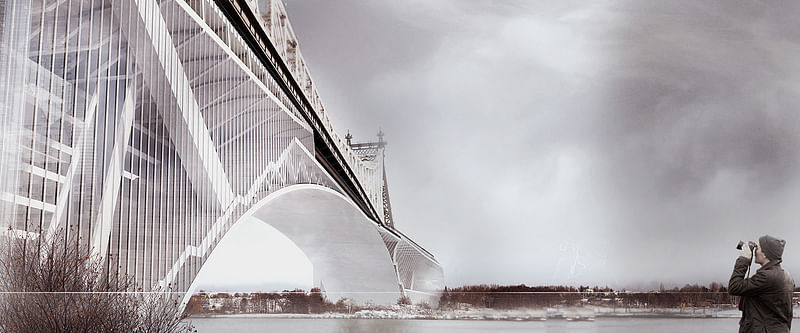

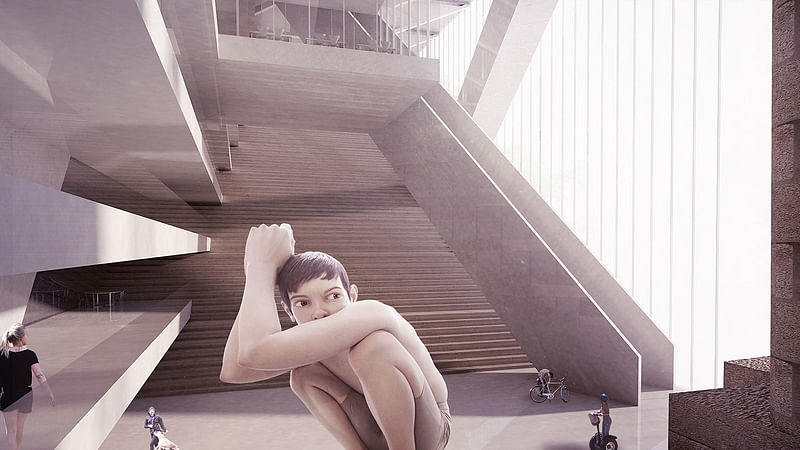
"CLIMAX: The bridge could be understood as a permanent installation for functional necessity connecting point A to point B, yet contemporary maintenance deferrals and changes in mobility have rendered many of these structures obsolete. All in all, within these contexts, it provokes, how can we utilize the obsolete infrastructure and provide resilient system, while increasing capacity of passengers and releasing congestion and energy consumption? As an architect, can we feasibly preserve and transform it to serve new purposes and catalyse new activities?'
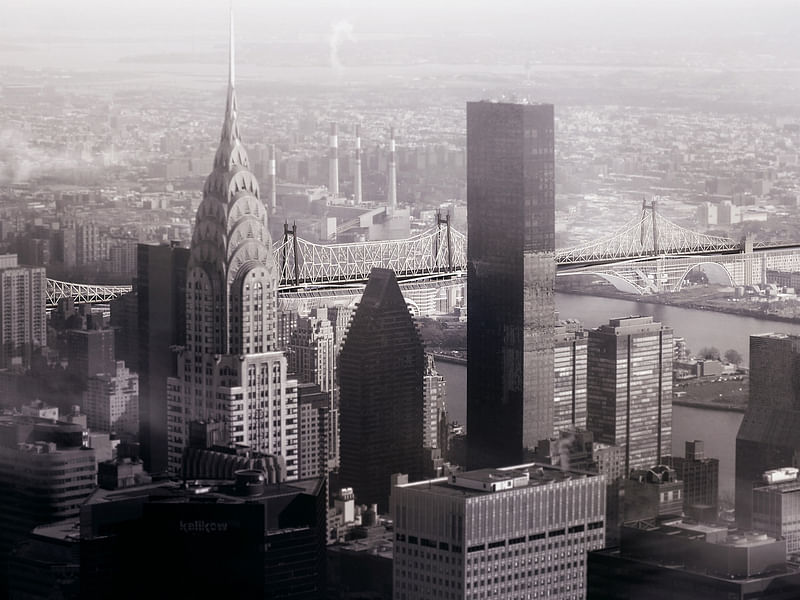
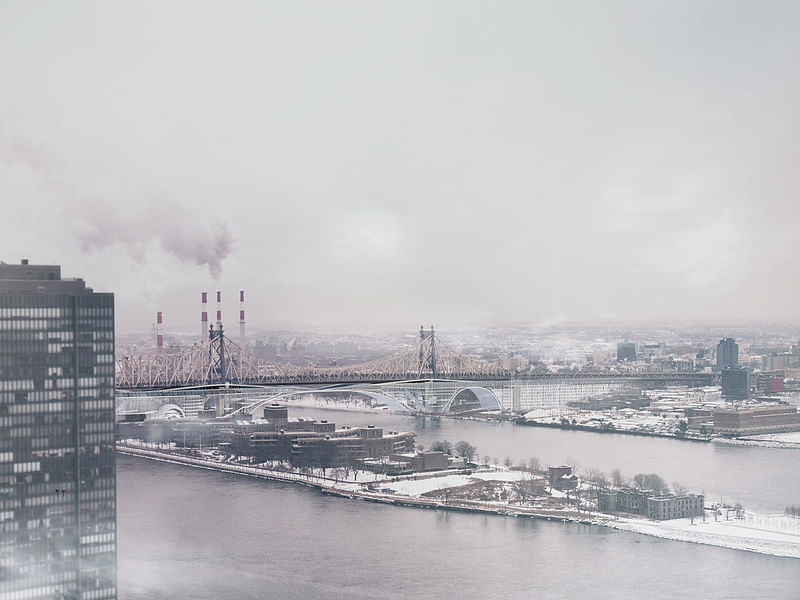
"EPILOGUE: Obsolete infrastructures can be redefined through series of retrofits providing an autonomous system that links the cities. Enacted zoning revolutions promote a self-sufficient, walk-able infrastructure that will serve as a pedestrian friendly network."
All images courtesy of Sunggi Park.

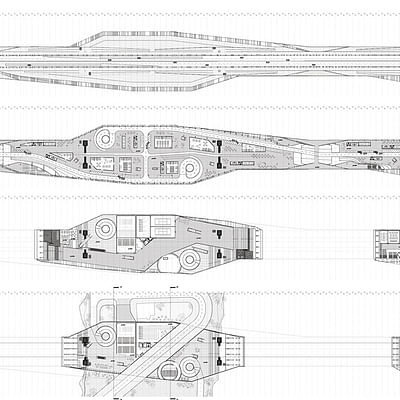
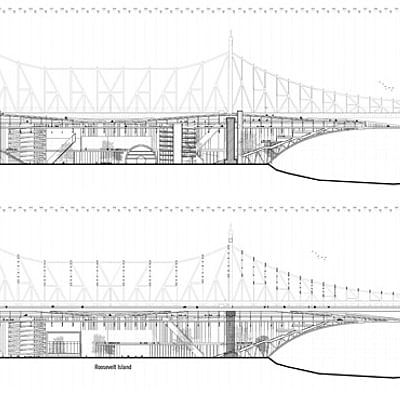
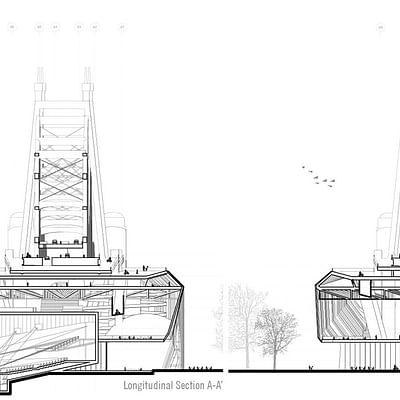



Share
0 Comments
Comment as :